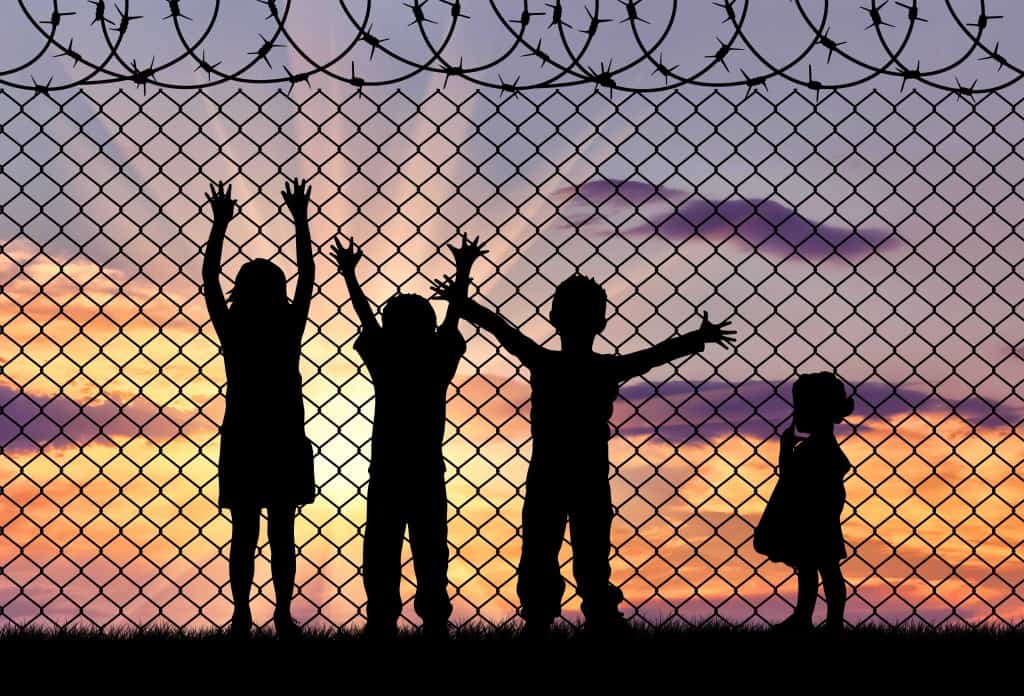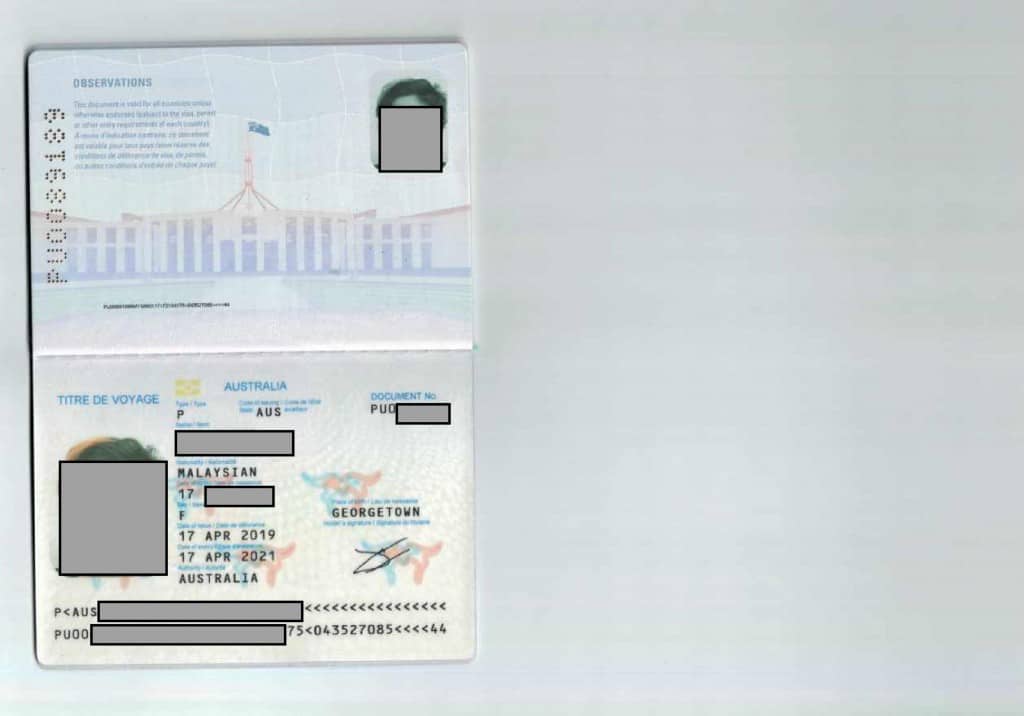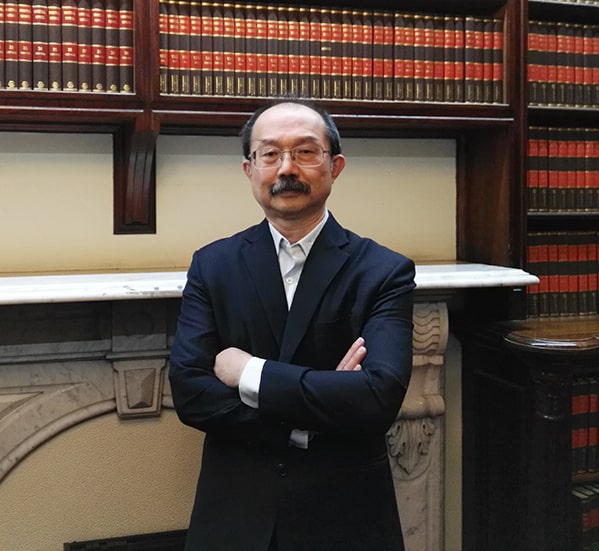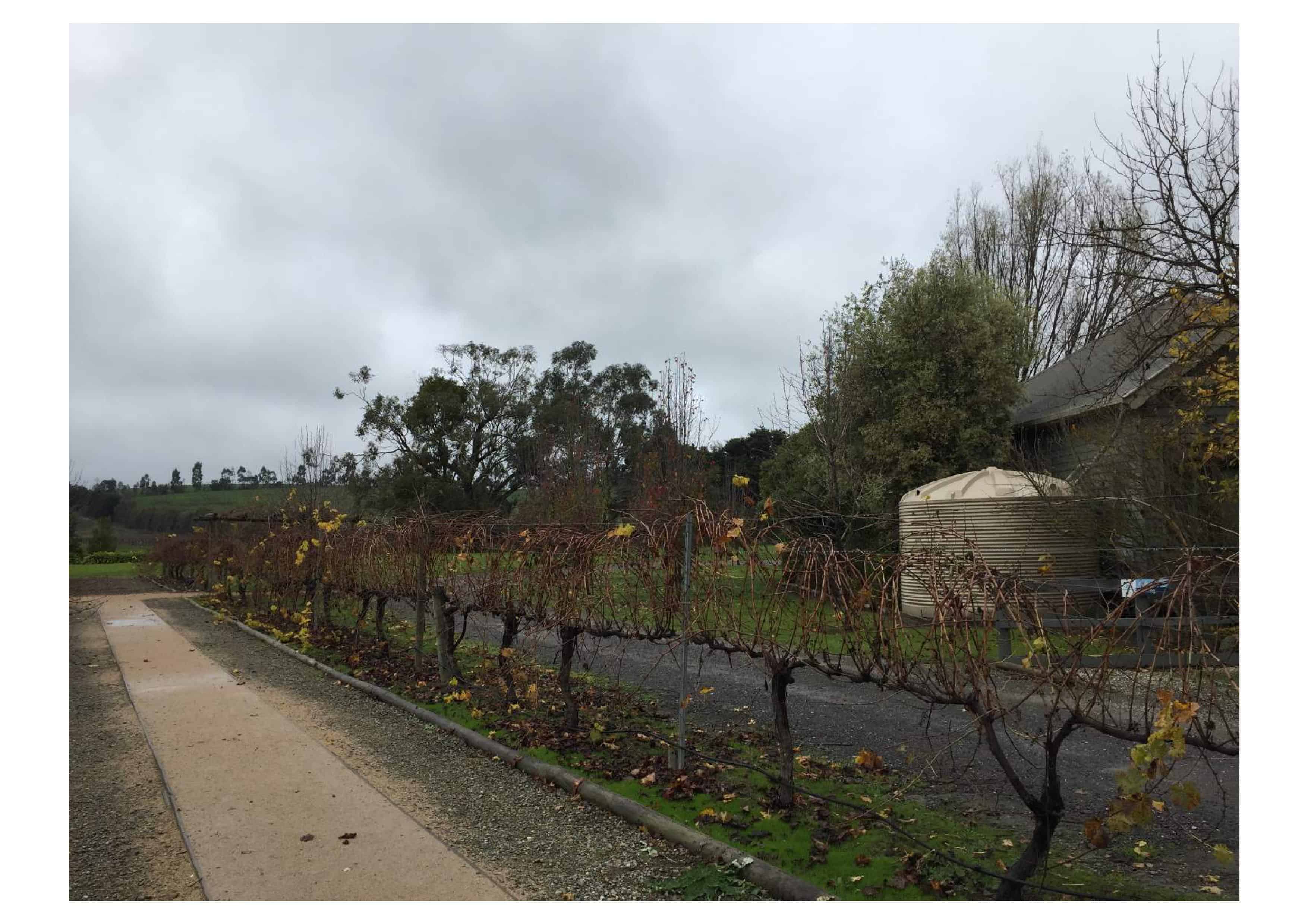
Subclass 866 Protection Visa or Onshore Protection Class XA Subclass 866 Visa: How to make a successful claim
Subclass 866 Protection Visa (commonly known as 866 visa or PV) is for people who are in Australia, and are unwilling or unable to return to their home country because they fear for their lives or fear being harm.
If you are outside of Australia, you could still make an application for Class XB protection and humanitarian visa (click here to learn more about Subclass 200; Subclass 201; Subclass 202; Subclass 203; and Subclass 204).

Visa criteria
You can make a successful Subclass 866 Protection Visa application if you can demonstrate Australia owes you protection obligations. What this mean is that, you must have a well-founded fear of persecution if returned to your home country.
Well-founded fear of persecution includes, for example, harassment, oppression or being treated differently because of your:
- race; or
- religion; or
- political opinion, real or imputed; or
- nationality; or
- membership of a particular social group.
The above reasons are commonly known as the Convention reasons. And even if your fear of harm or being persecuted is not related to any of the above reasons, you can still engage Australia’s complementary protection obligations if the Minister believe that there is a real risk that you will suffer significant harm because someone may have threatened you with harm or your life or your liberty or torture or subject you to cruel or inhuman treatment or punishment or subject you to degrading treatment or you will be sentenced to death.
Usually the Department of Immigration (Department of Home Affairs) will assess if your claim of harm or persecution is credible. In short, is your claim real and not fake or far-fetched. If the Department of Immigration does not believe your claim, your application for a Subclass 866 Protection Visa will be refused.
If your claim is assessed as real and not a bogus claim simply because you want to remain in Australia to work, the Department of Immigration will then assess whether you have a well-founded fear of persecution related to your claim.
Well-founded fear of persecution must involve systematic and discriminatory conduct.
Systematic means the harm is not generalised, for example, civil war, or random, for example, someone fired their gun into a crowd of people. The perpetrator(s) must specifically target you, for example, not an accident, to cause you harm.
Discriminatory conduct means the perpetrator(s) wants to harm you by targeting you because, for example, you are a homosexual Muslim living in a Muslim country.
As a part of the Subclass 866 Protection Visa application requirements, you must also demonstrate that there is a real chance you will be persecuted in the foreseeable future if you were returned to your home country. This is commonly known as the real chance test.
Real chance means your fear of being persecuted is not remote or far-fetched. But real chance does not need to be more than 50% chance that you will be persecuted.
If the Department of Immigration accepted that there is a real chance you will be persecuted if you were returned to your home country, your application for the Subclass 866 Protection Visa will progress to the question of whether you are able to relocate to another place in your home country to avoid the harm you feared.
The next step to obtain your Subclass 866 Protection Visa is to explain why you are not able to move or relocate to another place in your home country to avoid the harm.
You must demonstrate that your harm is not just localised to your, for example, village or hometown or even state or province. Generally, you will not be able to relocate within your home country if, for example, the harm you feared is perpetrated by a state actor. For example, you are a member of the LGBTIQ, and you are from a Muslim country, and it is again your country law to be a member of this particular social group. However, if you claimed that you have borrowed money from your hometown illegal moneylender and they have threatened to harm you because you cannot repay your loan, you may be able to relocate to another part in your home country where they will not know or have the resources to find you.
In applying the real chance test of whether you will suffer harm in 1 place is not a relative test. It is not about the risk of being harm in 1 place is less severe than in another place. The test is the actual level of risk in any particular place and is not determined relative to another place or other areas (to learn more about relocation, click here to read the case CID15 v Minister for Immigration and Border Protection [2017] FCA 780 (CID15) (Moshinsky J). Under the internal relocation principle, ‘a person is not a refugee if he could avail himself of the real protection of his country of nationality by relocating to another part of that country’ (MIBP v SZSCA [2014] HCA 45; 254 CLR 317 at [21]). This is because, ‘if a person could have relocated to a place within his own country where he could have no well-founded fear of persecution, and where he could reasonably be expected to relocate, then the person is outside the country of his nationality because he has chosen to leave it and seek asylum in another country. He is not outside his country owing to a well-founded fear of persecution for a Convention reason.
Whether you will or will not be harmed if you relocate is not about whether 1 place is safer than another, or relative to another. The test is an objective test and not a relative test when applied in the context of whether you can or cannot relocate to a safer place or area (see CID15 at 10). In deciding whether you are able to relocate, the following questions must be asked: (i) where you are likely to return; (ii) if there will be a real risk of significant harm if you returned to that area; and (iii) whether it would be reasonable for you to relocate to another area where there would not be a real risk of significant harm ( APE16 v Minister for Home Affairs [2020] FCAFC 93 at [53]). It involves a comparison between the circumstances or conditions that prevail in the person’s existing area of residence and those circumstances or conditions that prevail in the other identified area when assessing the impact of relocation (CRI028 v Republic of Narua [2018] HCA 24; ALJR 568).
So far, you can tell it is quite difficult to make a PV claim for a Subclass 866 Protection Visa because of the number of tests you need to “pass”.
The next step to getting your Subclass 866 Protection Visa is to explain why you cannot ask the authority for protection. In another, why can’t you go to the Police. As a rule of thumb, if you fear harm because of 1 or more Convention reason(s), your persecutors are usually a state actor, that is, it is the authority who are persecuting you. In this case, you cannot or unable or unwilling to ask for protection from the state or Police because they are the 1 who are seeking you out for harm. Similarly, you cannot relocate within your home country if you have been, and will continue to be, persecuted for 1 or more Convention reasons.
If your claim is related to Australia complementary protection criteria, you will need to satisfy state protection test before the Department of Immigration will grant you a Subclass 866 Protection Visa.
When the Department of Immigration accepted you have made a valid application for a Subclass 866 Protection Visa, you will be granted a Bridging visa allowing you to live in Australia until a decision is made on your visa application. You may also be permitted to work and have access to Medicare.

Australia Travel Document
If you are granted a Protection Visa Subclass 866, you may apply for an Australian Travel Document (not an Australian passport) to allow you to travel outside of Australia without having to use your home country passport.
You should note that if granted a Protection Visa Subclass 866, your visa will be subjected to condition 8559 which prevent you from travelling back to the country that you feared persecution for the duration of this visa (5 years). However, you can write or apply (using form 1463) for an approval to return to that country, if there is compassionate or compelling circumstances justifying returning. You may be granted permission to travel for up to 3 weeks and can make multiple requests. According to the Department’s Policy, if you stayed longer than the approved period does not constitute a breach of condition 8559 but may affected your subsequent travel requests.
Protection visa is one of the most complex visas to apply and it is probably one of the hardest visa to obtain. You should consider engaging the services of an immigration lawyer to guide you (click here to find out how an immigration lawyer or registered migration agent can help you). To learn more about the types of protection visa claims, click here.
You should note that the Minister may not be able to cancel your protection visa or refuse your protection visa application on section 501 character test (click here to learn more).
You should be aware that if you have a Protection Visa application refused, you may not lodge another application unless the Minister grant you the permission to do so (click here to learn how). Find out if you are required to change your, for example, behaviour in order to avoid the harm feared by clicking here.
Australian migration law is complex and difficult to understand, contact our immigration lawyer for a consultation (fee applies) to help you apply for this visa or to decide if this is the best visa for you. You may also refer to our FAQs for answers regarding visa application or visa cancellation by clicking here. Click here if to learn if you are required to pass the s 501 character test.


041 222 4020 or WeChat: AUDvisa
This article is not intended to be or taken as migration legal advice. The author of this article disclaims any liability for any action or omission on the information provided or not provided in this article. You should always consult an immigration lawyer or a registered migration agent to form an informed opinion on your immigration matter.



